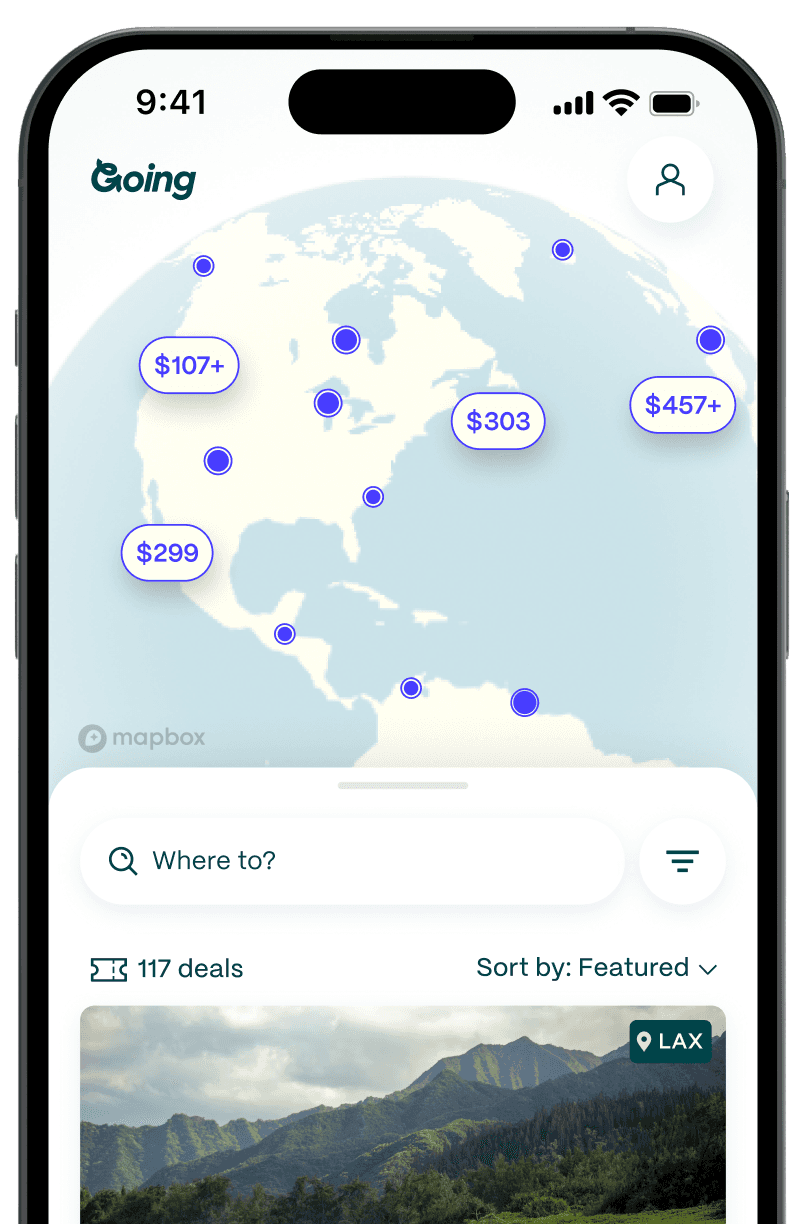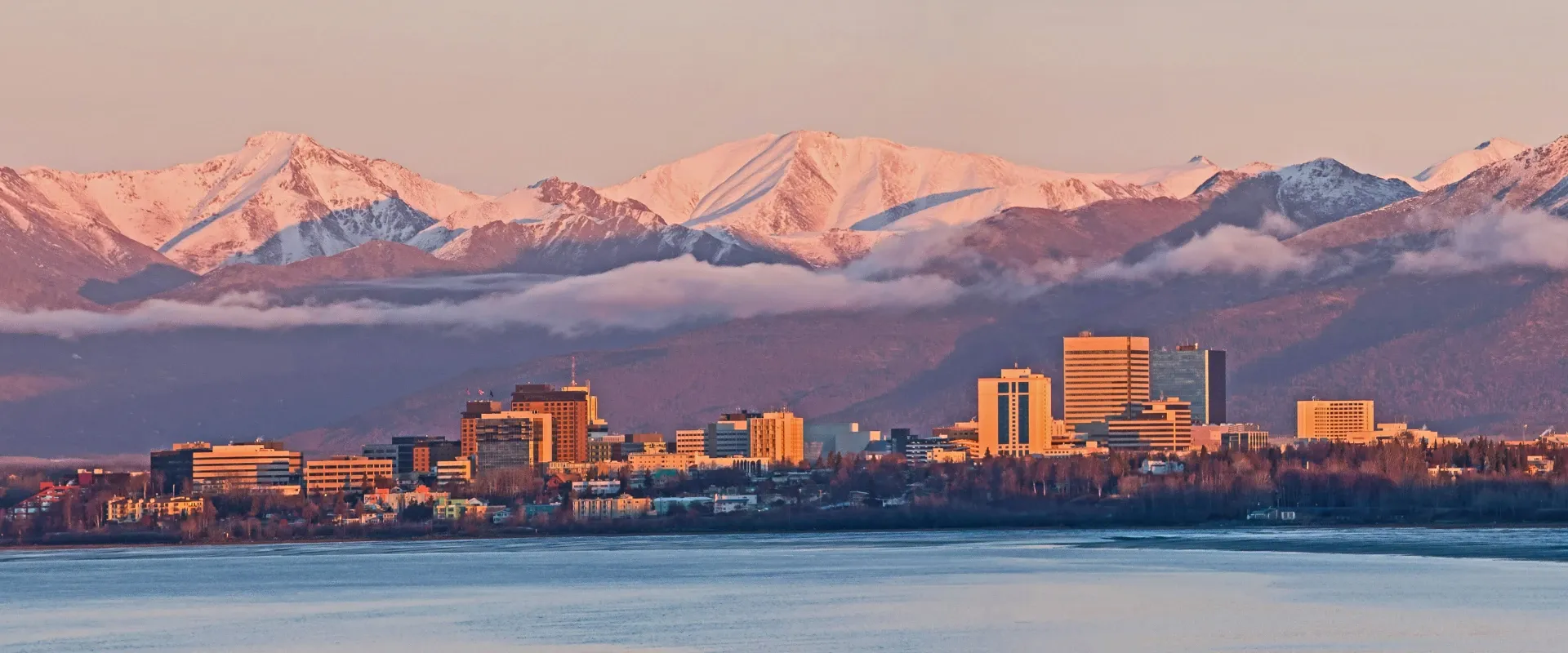
Once a railroad camp on the shores of Ship Creek, Anchorage now holds almost 300,000 people, or nearly half of Alaska's entire population. However, people aren't the only ones living here: It’s also home to an estimated 300 bears, 1,500 moose, and innumerable salmon from all five species that inhabit Alaska.
Anchorage embodies a casual Pacific Northwest vibe. No doubt, the city's down-to-earth and practical nature comes from the intersection of lots of green space in town, plentiful wildlife, giant swaths of wilderness right on the fringe of the city, and a wonderfully diverse population.
A cosmopolitan melting pot

Visitors are often surprised to see just how diverse Alaska’s Indigenous population is. The Alaska Native Heritage Center in Anchorage is a great place to learn about the specialized technologies and cultures that Alaska Native peoples—including the Unangax̂ and Sugpiaq in the southwest, the Dena’ina (Athabascan) in central Alaska, and the Tlingit, Haida, and Ts’msyen (Tsimshian) in the southeast—developed not only to survive but thrive among the varied terrain, weather, and wildlife. Here, you can see cultural demonstrations, learn about Alaska Native history, and tour life-size recreations of traditional dwellings from Alaska’s various cultures.
Anchorage's own cultural roots run deep as well. The city is located in the homeland of the Dena'ina Athabascan people, and a growing number of ornamental—and educational—posts have been erected to celebrate that, each one giving the traditional name and background of the site. For example, at Westchester Lagoon—a popular nature spot in northwest Anchorage—you’ll find a “place-naming post” with information about the lagoon’s original name, “Chanshtnu,” meaning “grassy creek” in the local Dena’ina language.

The city is a wonderfully diverse melting pot, with more than 100 languages spoken in its school districts. Anchorage's open-air markets and other summertime events, including live music in downtown parks, are all great places to witness that diversity.
Bullwinkle? Meet Buzzwinkle

Few stories exemplify just how closely Anchorage-ites live with wildlife as does the story of Buzzwinkle, an enormous bull moose that frequented downtown Anchorage in the early aughts. Buzzwinkle received his name from a local newspaper reporter after being found in the courtyard of a downtown martini bar, snookered on fermented crabapples he'd eaten off the ground, his massive antlers draped in string lights he'd accidentally snagged off some shrubs.
Most of the local wildlife prefer to spend their time in Anchorage's plentiful green spaces, sometimes sharing the city's almost 300 miles of trails with humans out for a walk, run, or bike ride. Sober moose are a particularly common sight in Kincaid Park. Both brown and black bears live in the Anchorage bowl, and it's not unusual to see a bald eagle cruising the skies. Ravens are also common, and you might see red foxes, river otters, or beavers on any given day. And that's just within the city limits; hop on a train to Seward, and you can be out on a cruise to watch for whales, sea lions, and sea otters within just a few hours.
Exterior design by water

Once upon a time about 17,000 years ago, glaciers ground across the Anchorage landscape, and you can still see signs of their passing. One sign is glacial erratics, or massive boulders seemingly dropped from the sky—often, those were carried along by a glacier before the boulder broke free or melted from the glacier and came to rest in its current position.
When exploring the mountains that surround Anchorage on three sides, keep an eye out for broad, flat valleys that look like a "U" in cross-section, ground into the shape by the weight of a passing glacier. To see a glacier still hard at work (and, if you’re lucky, a chunk of ice calving into the water), check out Portage Glacier, the closest freshwater glacier to Anchorage. Its Begich, Boggs Visitor Center is a 50-mile drive southeast of Anchorage, but in order to actually see the glacier, you’ll need to hop on the M/V Ptarmigan for a boat tour in the massive lake at the base of the glacier. (You can drive to board the boat near the visitor center, or book motorcoach transport along with your boat ticket.)
Winter fun

Anchorage is far enough south that it still gets light during the winter—about five and a half hours of it on the winter solstice, to be exact. The city also has a moderate, maritime climate that helps temper the winter extremes that beset other parts of the state.
All of this means it's pretty easy to throw a good winter party here, from community ice skating at Westchester Lagoon to the annual New Year’s Eve celebration (a carnival with ice skating, fireworks, and street entertainment), followed by Fur Rendezvous in February—a 12-day festival that includes events like outhouse races (teams of people maneuvering outhouses mounted on skis), sled-dog sprints, and a blanket toss (an Alaska Native tradition where people hold the edges of a skin blanket and loft one person sitting in the middle into the air).
In March, you can catch the ceremonial start of the Iditarod, Alaska’s annual long-distance sled dog race, when mushers and their teams travel a short course through Anchorage before loading the dogs into trucks and heading out to the town of Willow, where the race begins again the next day. While animal rights groups have brought up ethical questions around the race, it remains a massive and important cultural event.
Meanwhile, when skies are dark and the sky is clear, there's always a chance you might see the northern lights from Anchorage. With a little distance from the city lights, your chances of seeing a bright display are even greater.
A land with stories
Modern-day Anchorage is a young community, but it's been witness to several big moments in history. For example, staff at the Campbell Creek Science Center can clue you in on how to spot the faint indentations of World War II-era foxholes and protective earthworks scattered throughout Anchorage’s popular hiking area, Campbell Tract. Or, if you stroll through another beautiful green space in town called Earthquake Park, you can learn about the various ways in which the 1964 Good Friday Earthquake reshaped the land.
The trees in Kincaid Park, a wildly popular and heavily forested 1,500-acre city park, hide something a little more recent: the bunkers, barracks, and other remains of a Nike missile site, an important part of the national defense network during the Cold War.
Plenty of fish in the...city?

Starting in June for chinook (king) salmon and mid-July for coho (silver) salmon, both fish and fishermen flock to Ship Creek in downtown Anchorage—the same place the city started out as a railroad camp. If you don't want to wade into the creek's muddy banks with a rod and reel, you can enjoy the spectacle of others doing it from a trail along the creek. If you do decide to fish, you’re going to need an Alaska fishing license. You can rent gear from a hut right on the shore of the creek, and make sure to ask the outfitter about how to stay safe on the creek’s muddy banks, which more or less turn to quicksand as the tide comes in.
Just a short walk to the east, you'll find salmon flinging themselves up the fish ladder—basically, an artificial cascade—as they continue upstream to spawn. This one-way journey is the fascinating, stirring end of the salmon life cycle; once the young are born in the creek's fresh water, the cycle begins again, with the young salmon (called "fry") lingering in their natal stream until they're big enough to swim to the ocean, where they’ll live and hunt smaller fish. A few years down the road, they'll swim back to their natal stream to spawn.
Fish are friends (and food)
Given that Anchorage has salmon all but DoorDashing themselves right into downtown, it's no surprise that almost anywhere you eat will have at least one really good seafood dish on the menu, be it grilled salmon or halibut or cod fish and chips. Reindeer hot dogs with caramelized onions are also a thing here, especially in roadside carts in downtown Anchorage but occasionally in restaurants too. Maybe they’re an homage to the reindeer's wild cousin, the caribou, a staple of subsistence living in some remote Alaska communities?
That very Alaskan version of surf and turf is just the start of Anchorage's eclectic cuisine scene, a wonderful reflection of the city’s human diversity: You'll find offerings from Ethiopia, Hong Kong, and Nepal, just to name a few, plus a recent boom of ramen restaurants and boutique bagel makers.
Location, location, location

One of the biggest hurdles of everyday life in Alaska is logistics: the simple act of getting people and their belongings—even something as simple as groceries—from point A to point B. Anchorage is blessed in that regard, as it holds the nexus of almost every transport means in the state.
It has a major cargo sea port, sits right at the hub of the highway and passenger rail systems that can take you to Seward, Fairbanks, or Denali National Park, and has not one but two busy airports; Anchorage International Airport is the busiest passenger airport in the state and the third-largest cargo airport in the world, while Lake Hood—where you can watch floatplanes take off and land all day in the summer—is the largest and busiest seaplane base in the world. You might board one of those planes yourself if you go flightseeing to Denali or bear-viewing in Katmai National Park from Anchorage.
That really cements Anchorage's status as a great base camp for exploring everything Alaska has to offer. Once you arrive, it’s easy to enjoy the urban amenities and wildlife before hopping on a plane, train, bus, or boat to the next adventure—or getting behind the wheel of your own car to see just what Alaska will offer next.
Good to Know
Is Anchorage expensive?
Anchorage is one of the most expensive cities in Alaska, with hotels being one of the largest expenses, though it’s also one of the few cities in the state that offers lots of brand-name hotels and a good range of high-end choices. In general, you can expect to pay $300–$400 per night during peak season. You can save a bit of money by staying outside the downtown and midtown hotel cores or by booking with a smaller bed and breakfast. When eating out, a mid-range entree easily costs $25–$40, and activity prices vary enormously, from $25 for a museum ticket to $1,200 for a fly-in bear-viewing trip.
Best time to visit Anchorage
Anchorage is a year-round destination, but when you come depends on what activities you have in mind. The best months to come for summer recreation and wildlife viewing are July–August, while February–March are the best months for winter activities and festivals. If you want to squeeze in summer activities on a budget, try early September—but remember that you’ll be right on the fringe of when seasonal activities start to shut down.
What languages are spoken in Anchorage?
English is the common language for everyday life; however, you'll find more than 100 languages spoken here.
Anchorage with kids
Most visitor activities in Anchorage welcome families, though there may be minimum ages for some activities, like bear-viewing, that require all attendees to stay still or quiet. When planning activities, you should also take your child's attention span into account; some will thrive on activities, like taking a long train ride to a whale-watching cruise, while others will not.
Anchorage public transportation
Anchorage does have a rudimentary bus system, but it is limited in both frequency and route coverage. Get the best experience by staying near a downtown or midtown hub and either renting a car, making use of free shuttles, or using Ubers, Lyfts, or taxis to get around.
Is Anchorage safe?
Alaska ranks #33 for safety in the US, according to Vision of Humanity’s Global Peace Index. For visitors in Anchorage, try not to store luggage and other valuables in your vehicle, whether visible or not, as car theft can be a concern (similar to other cities). If you’re staying in an Airbnb or other short-term rental, be alert to the neighborhoods just east of downtown, which tend to have dense residential housing, no tourism infrastructure, and more crime.
Alaska also ranks #29 with a score of 74/100 for LGBTQ+ equality, according to Equaldex's LGBT Equality Index. Anchorage leans mildly left, but there are enough people with far-right leanings that the LGBTQ+ community tends to live a little less “out loud” than you might see in communities like San Francisco or Portland, saving their fullest self-expression for known LGBTQ-friendly spaces like Mad Myrna’s and Cafecito Bonito.
Getting to Anchorage
- Main airport: ANC
- Average Going deal price for cheap flights to Anchorage: $304 roundtrip
More US destinations
This guide is brought to you by Visit Anchorage. To learn more before planning your trip, head to anchorage.net.
Last updated November 12, 2025
Articles you might like
View All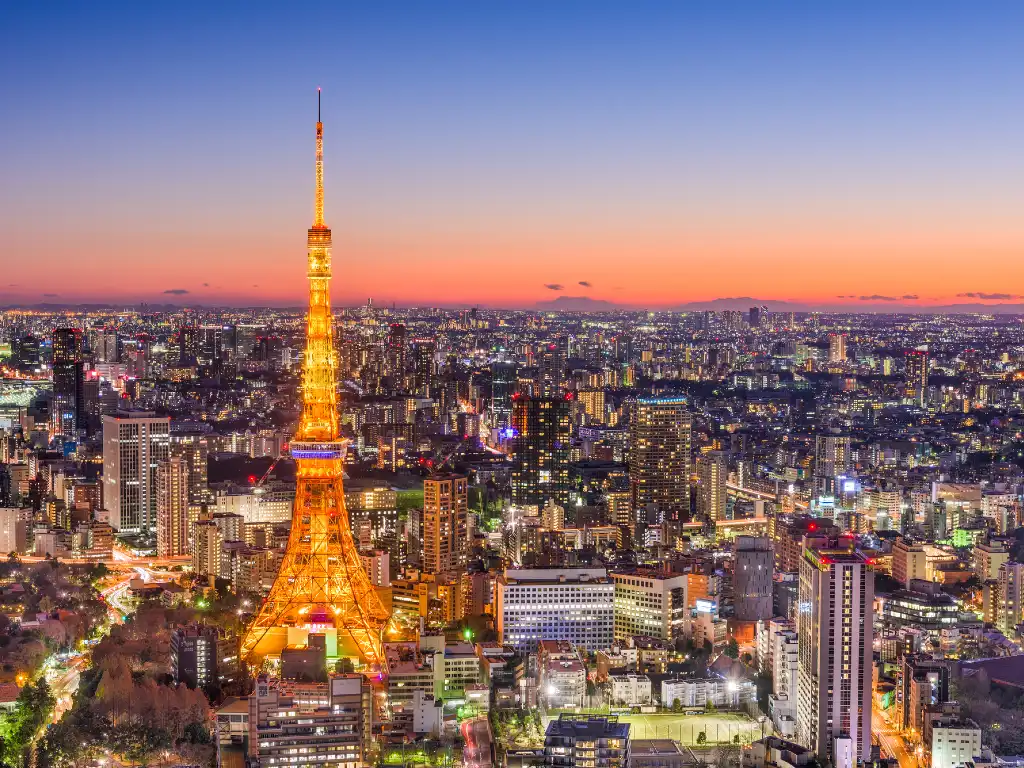
Where to Stay in Tokyo: The Best Neighborhoods and Hotels in 2026
Dec 19, 2025
12 min read
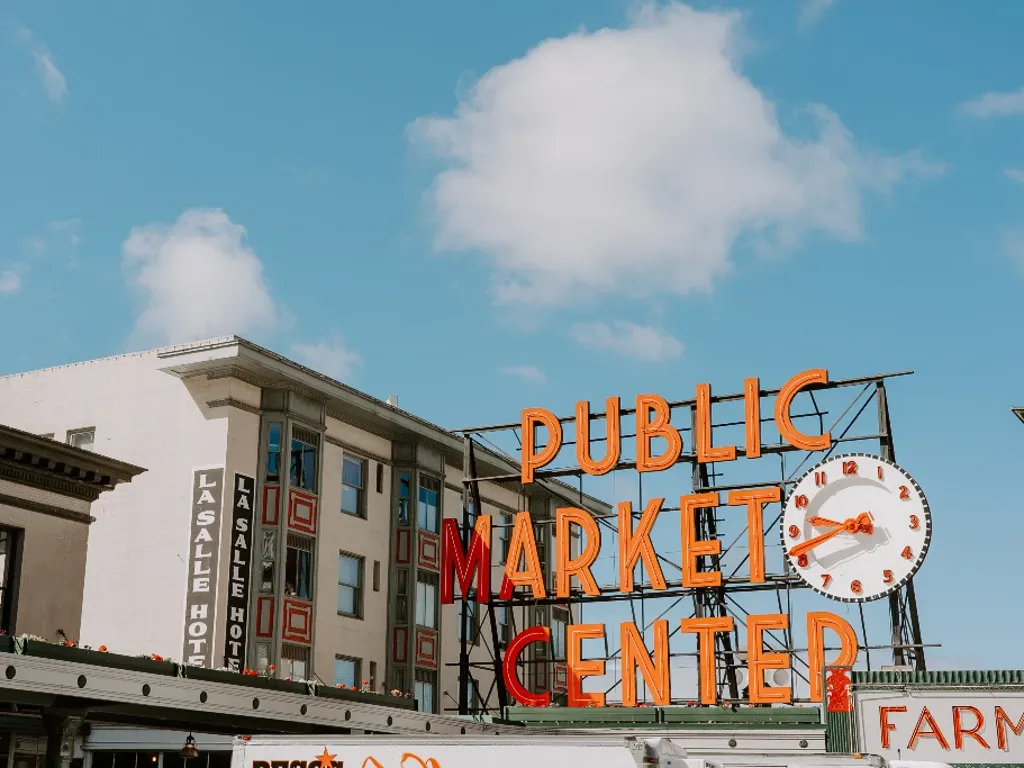
Where To Stay in Seattle: Best Neighborhoods and Hotels for 2026
Dec 19, 2025
10 min read
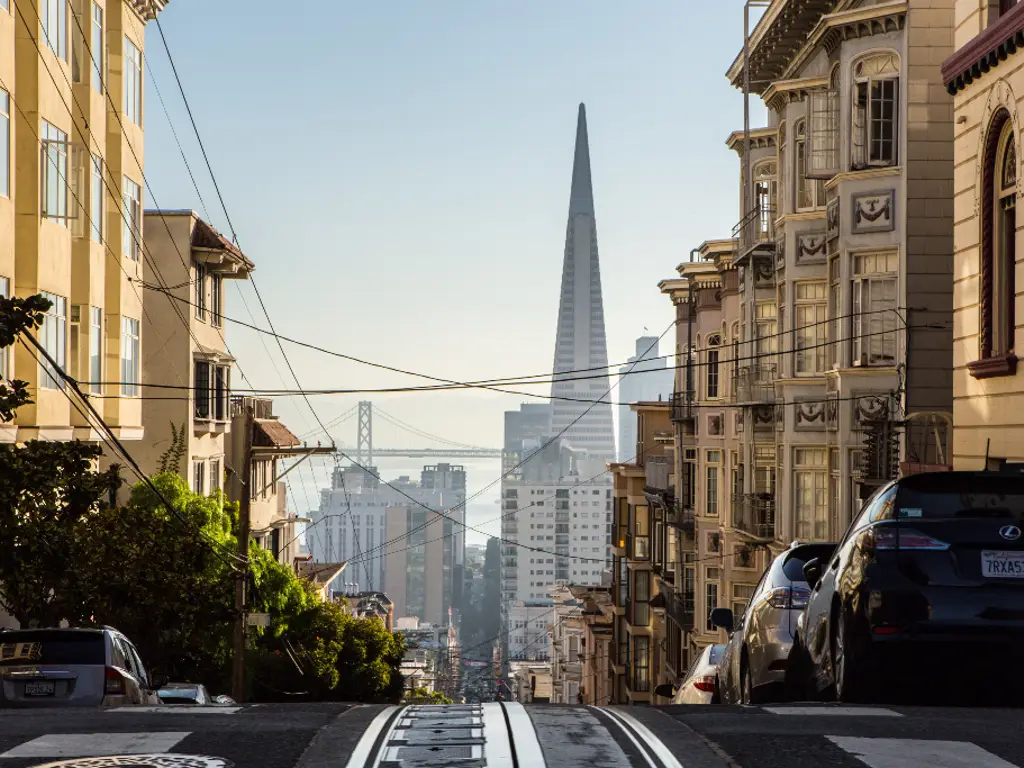
Where To Stay in San Francisco: Best Neighborhoods and Hotels for 2026
Dec 19, 2025
17 min read




